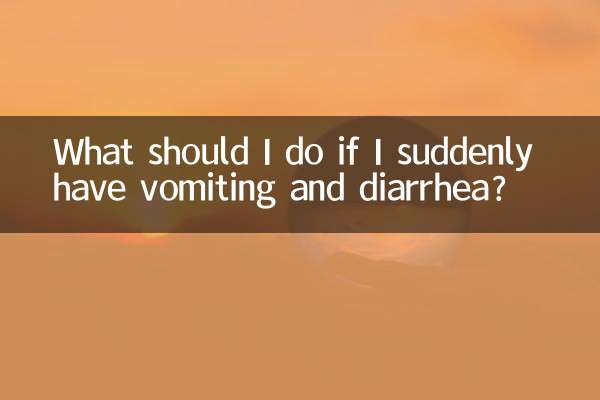What should I do if the fish gets sick? A complete analysis of 10 common fish diseases and their prevention and treatment methods
Among the hot topics on the Internet recently, pet care, especially the prevention and control of ornamental fish diseases, has become the focus. This article will combine the hot discussion data of the past 10 days to provide systematic solutions for aquarists.
1. Top 5 fish diseases hotly discussed on the entire Internet (data in the past 10 days)

| Ranking | Disease name | search index | Main symptoms |
|---|---|---|---|
| 1 | white spot disease | 8,532 | White spots on body surface, friction on cylinder wall |
| 2 | fin rot | 6,417 | Fish fins are damaged and turned white |
| 3 | saprolegnia | 5,892 | Cotton-like attachments |
| 4 | Enteritis | 4,763 | Loss of appetite, redness and swelling of anus |
| 5 | Lepidopia | 3,945 | Scales stand up and swell |
2. Diagnostic Guide
1.Watch for symptoms: Record abnormal fish performance (swimming/feeding/body surface changes)
2.Water quality testing: Ammonia nitrogen, nitrite and pH value are key indicators
3.Environmental troubleshooting: Check the filtration system, water temperature fluctuations, and new fish arrivals
| indicator | safety range | danger threshold |
|---|---|---|
| Ammonia nitrogen | 0 ppm | >0.25 ppm |
| nitrite | 0ppm | >0.5 ppm |
| pH value | 6.5-7.5 | <6或>8 |
| water temperature fluctuations | ±1℃/day | ±3℃/day |
3. Treatment plan
1.white spot disease
• Warm up to 30°C (suitable for tropical fish)
• Sea salt bath: 1-3g salt/liter of water
• Methylene blue medicated bath
2.fin rot
• Improve water quality (change 1/3 of water daily)
• Yellow powder (nitrofuracil) medicated bath
• Cut off severely necrotic parts (need anesthesia)
3.Precautions
•Isolate and observe new fish for 2 weeks
• Clean the filter material regularly (rinse with original tank water)
• Bait disinfection (freezing or potassium permanganate soaking)
| Medicines | Applicable diseases | Usage and dosage |
|---|---|---|
| methylene blue | Fungi/parasites | 2mg/L, change dressing every other day |
| yellow powder | bacterial infection | 0.5g/100L water |
| Oxytetracycline | Enteritis | 50mg/L, used for 3 days |
4. Emergency handling procedures
1. Isolate sick fish immediately
2. Take photos to record symptoms
3. Test 6 indicators of water quality
4. Refer to the treatment table to select a plan
5. Stop eating during treatment
6. Observe and record recovery status every day
5. Correction of common misunderstandings
•Myth 1: Abuse of antibiotics (leading to drug resistance)
•Myth 2: Add medicine to the whole tank (destroy the nitrification system)
•Myth 3: Ignoring sudden changes in water temperature (inducing white spot disease)
•Myth 4: Mixing multiple drugs (causing toxicity)
6. Professional advice
1. Establish medical records (symptoms/medication/effect records)
2. Prepare quarantine tank (spare tank above 30L)
3. Join the local aquarist community to get real-time help
4. In serious cases, contact an aquatic veterinarian (about 62 professional institutions nationwide)
Through systematic disease management, the cure rate can be significantly improved. Data shows that the recovery rate of cases treated correctly in the early stage can reach more than 85%, while the recovery rate of cases with delayed treatment drops to less than 30%. Take daily precautions to keep your fish away from diseases.

check the details

check the details